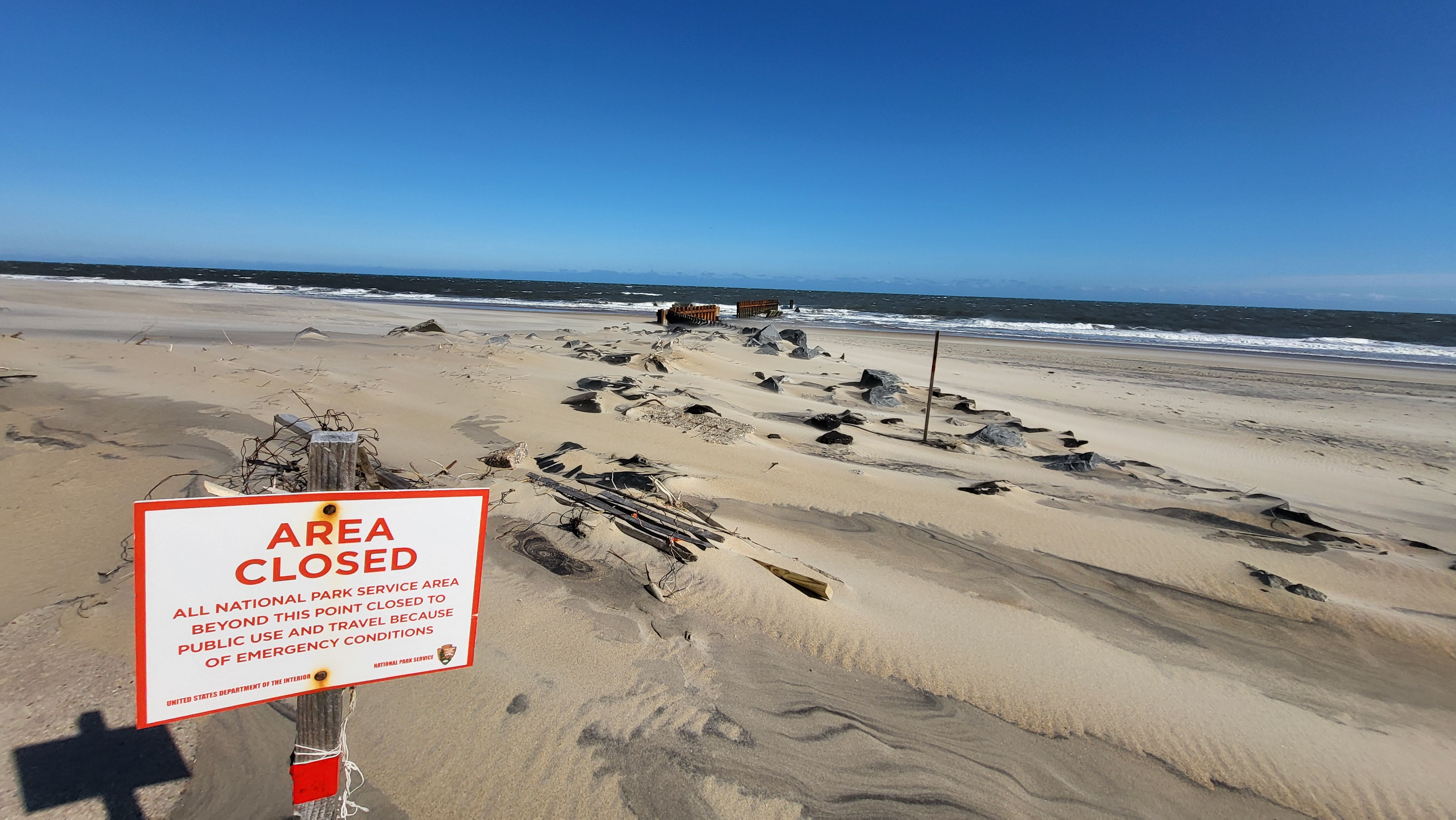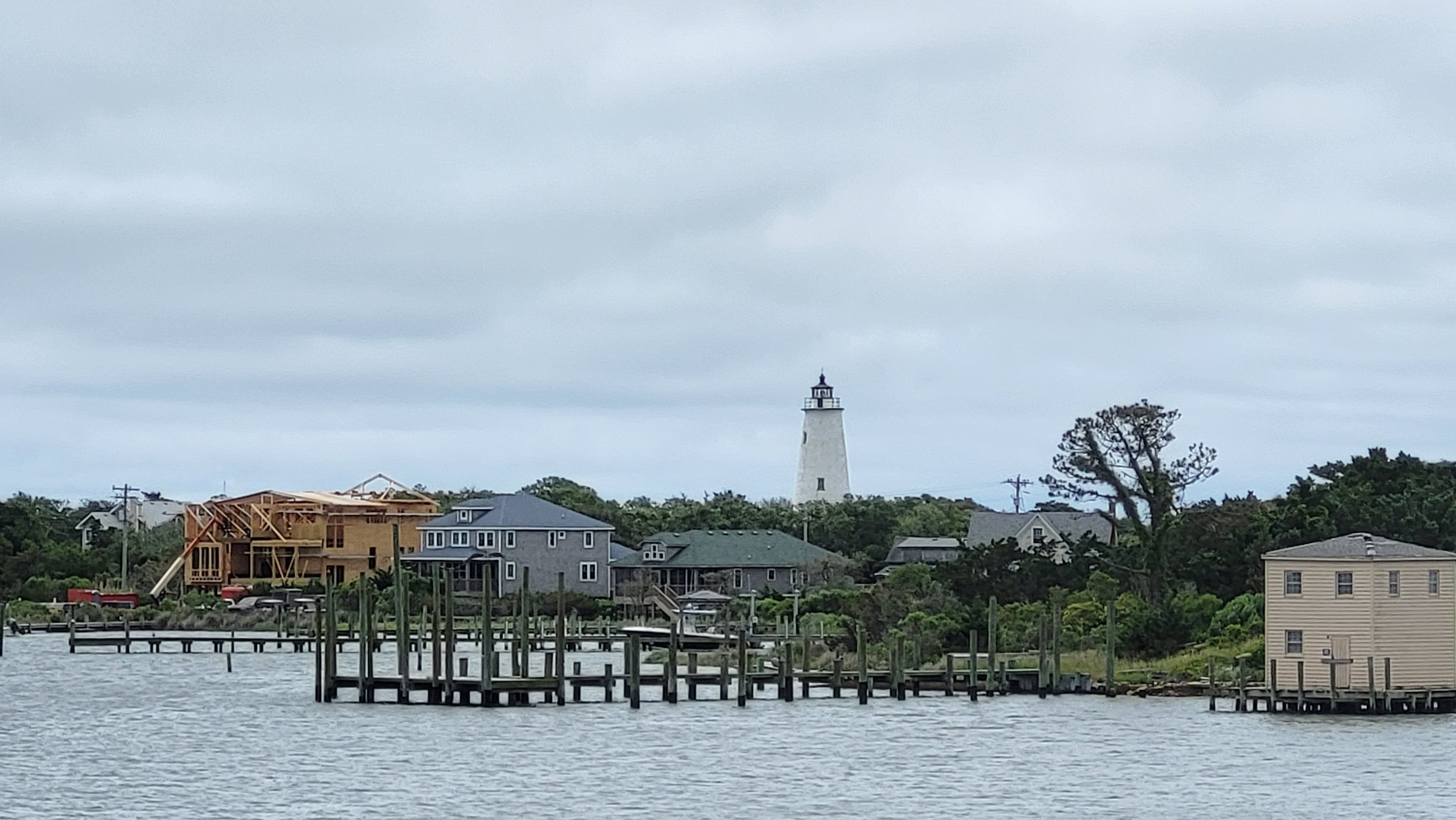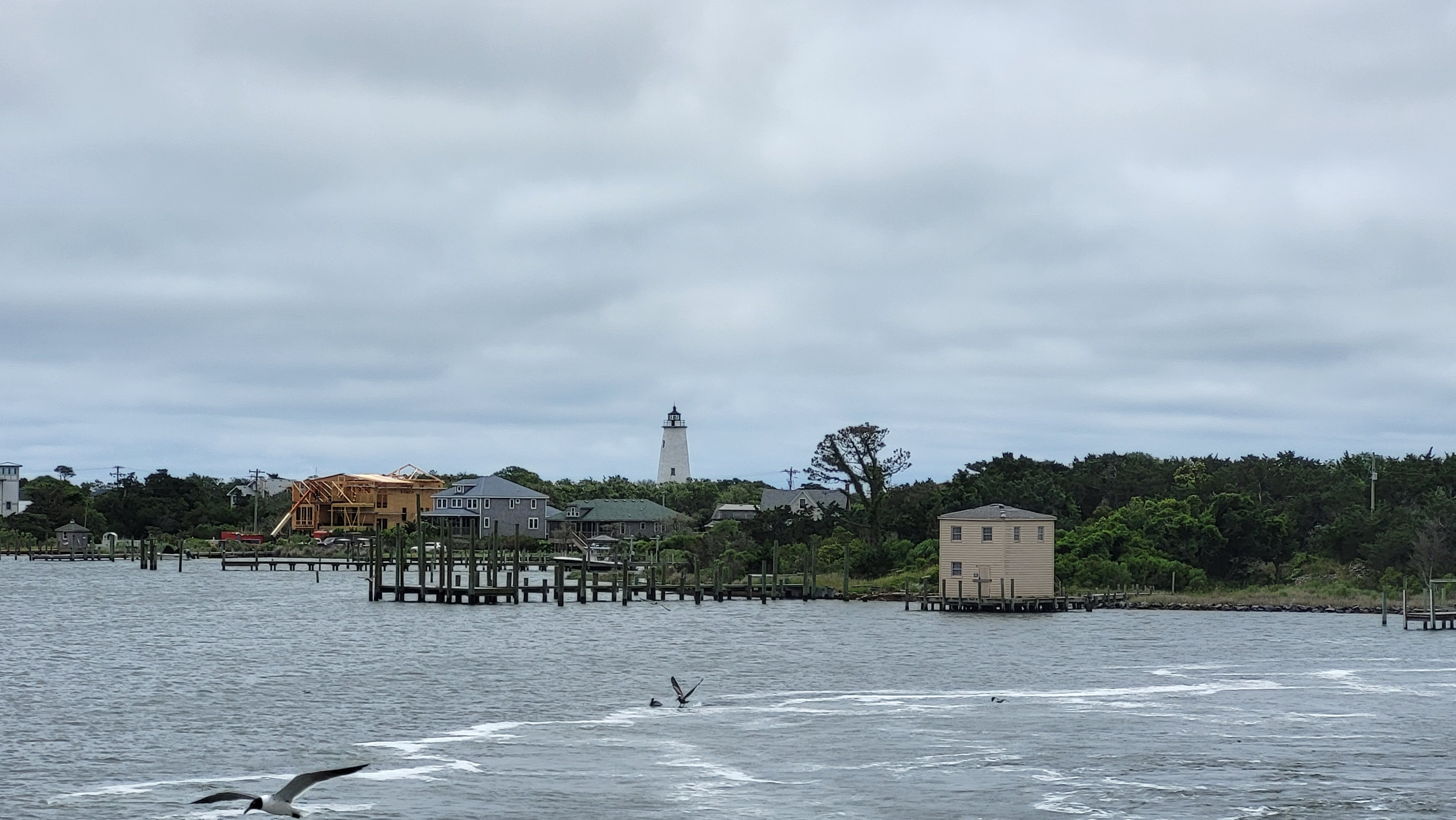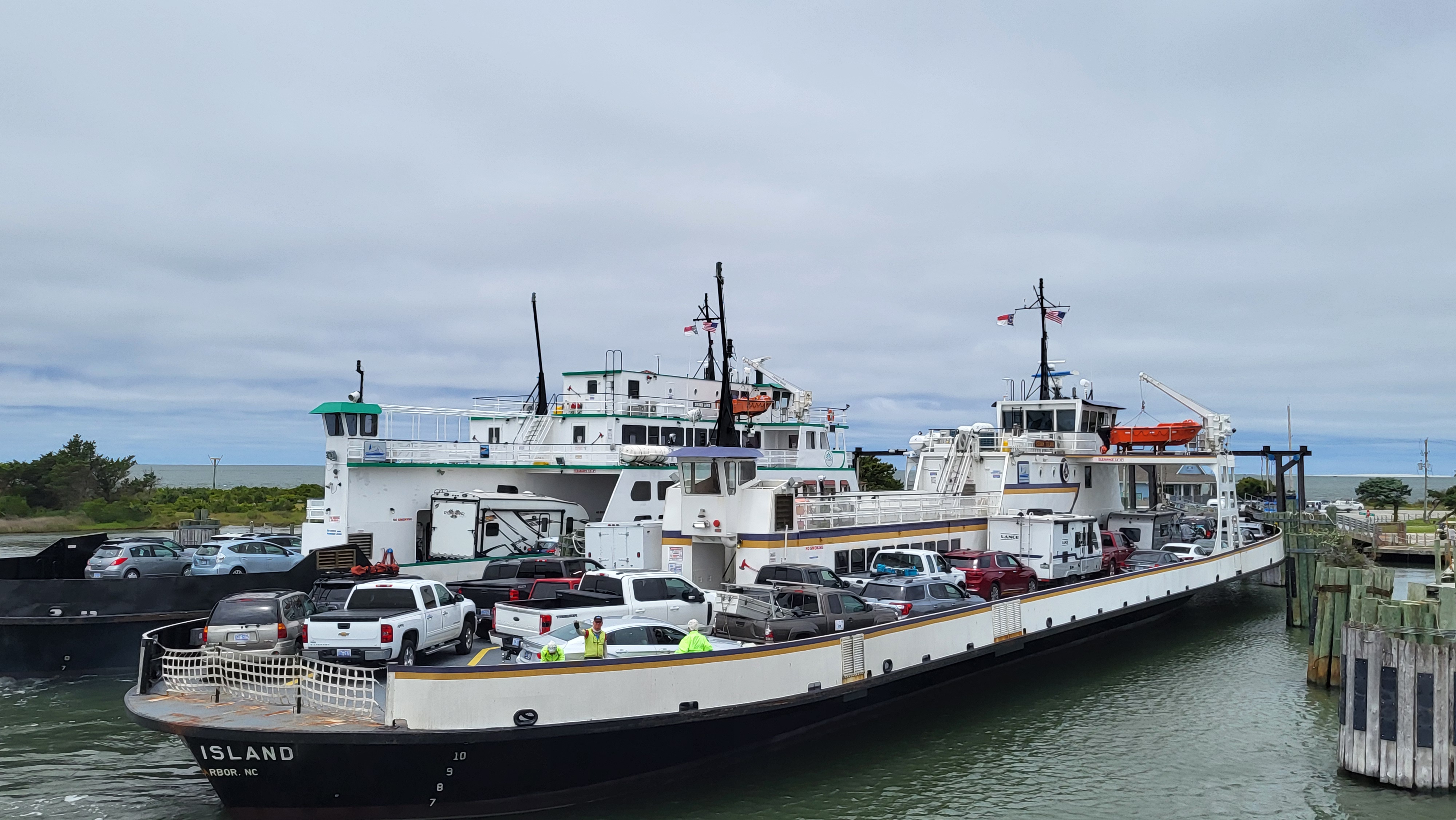2024 is turning into another active year for sea turtles on the Cape Hatteras National Seashore
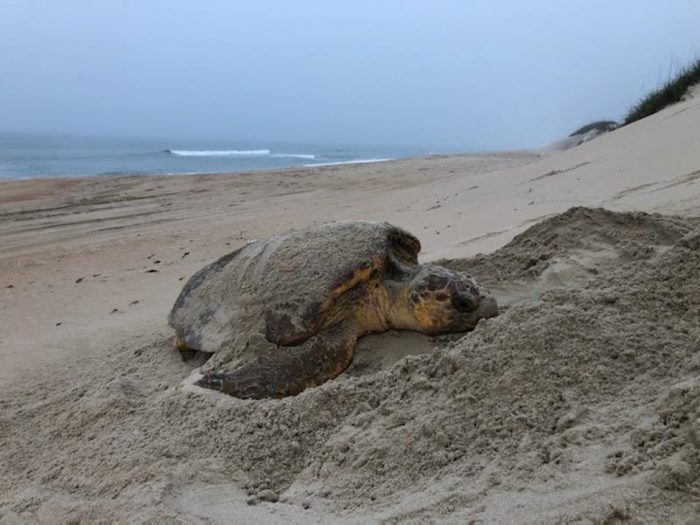
There have been several record-breaking years in recent history when it comes to sea turtle nests on the Cape Hatteras National Seashore (CHNS), and with 268 nests recorded so far, 2024 is on track to be another highly active year for visiting sea turtles as well.
Sea turtle nests laid by loggerheads, Kemp’s Ridley turtles, green turtles, and leatherbacks have been monitored at CHNS since the 1970s. The Outer Banks serves as seasonal breeding grounds for endangered sea turtles, and the nesting season typically begins slowly in mid-to-late May, before it heats up in the prime summer months. In 2024, the first sea turtle nest was discovered on May 11 in Frisco.
While the nesting season is starting to slightly wind down, sea turtle nests will begin to hatch in the weeks and months ahead, after a roughy 60-day incubation period.
July and August tend to mark the halfway point of the full spring-to-fall sea turtle nesting season, and the late-July tallies of sea turtle nests over the past five years are listed below.
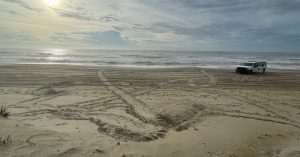
July 30, 2024
- Nests: 268
- False Crawls: 296
- Hatched Nests: 4
July 27, 2023
- Nests: 301
- False Crawls: 368
- Hatched Nests: 0
July 28, 2022
- Nests: 297
- False Crawls: 307
- Hatched Nests: 5
July 29, 2021
- Nests: 261
- False Crawls: 211
- Hatched Nests: 2
July 30, 2020
- Nests: 197
- False Crawls: 226
- Hatched Nests: 6

With 268 nests so far, 2024 is in a position to have a busy sea turtle nesting season, although the total number of nests may not be as high as recent milestone years.
2019 had the highest number of nests recorded within CHNS by far with 479 nests, but 2023 boasted the second-highest number of nests since data collection began, with a total of 380 nests recorded.
2022 was not far behind with a total of 379 nests, and 2020 and 2021 were solid years for sea turtles as well, with a total of 228 nests recorded in 2020, and a total of 315 nests recorded in 2021.
The high number of sea turtle nests in recent years appears to be a multiple-year trend all along the Eastern Seaboard, according to data from seaturtle.org, which actively monitors sea turtle nests all around the globe.
Due to the recent highly active nesting seasons, visitors are advised to be aware of sea turtle nesting activity or hatchlings while visiting the local beaches on Hatteras and Ocracoke Islands. If you see turtle tracks, nesting activity, or hatchlings, please notify park biologists by calling the stranding hotline at 252-216-6892.
Other tips to help protect sea turtles and hatchlings during the nesting season, per the N.C. Wildlife Resources Commission, include the following:
- Fill in all holes in the sand at the end of the day.
- Pick up all your trash when you leave.
- If fishing, properly dispose of any fishing line. Improperly discarded fishing lines are often deadly to turtles, birds, and other marine animals.
- Use your natural vision and moonlight when walking the beach at night.
- If you encounter a turtle on the beach at night, remain quiet, still, and at a distance. Flash photography and human disturbances may prevent her from nesting successfully.
In the meantime, visitors can keep tabs on nesting activity at shorelines all around the world at http://www.seaturtle.org.



